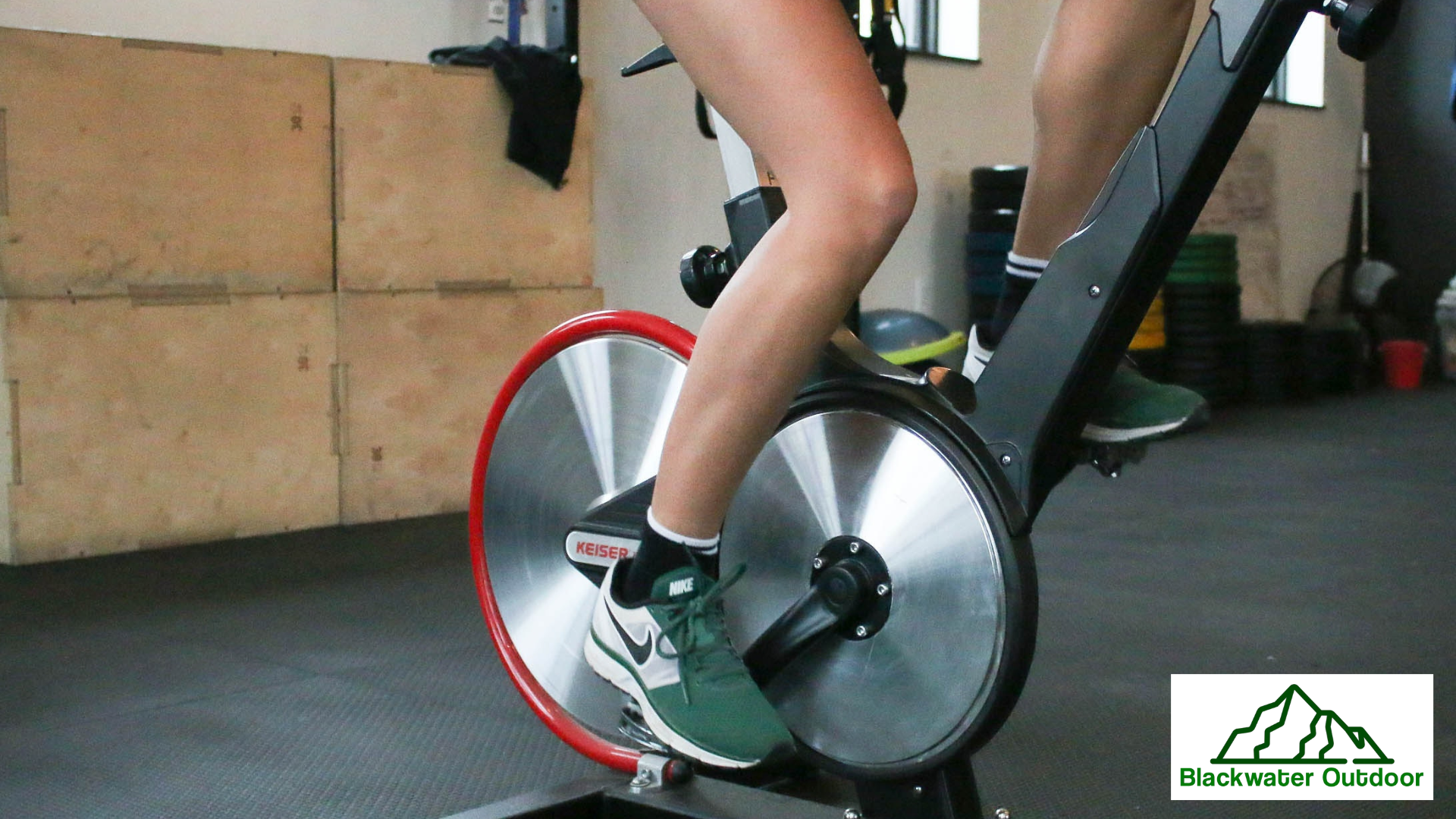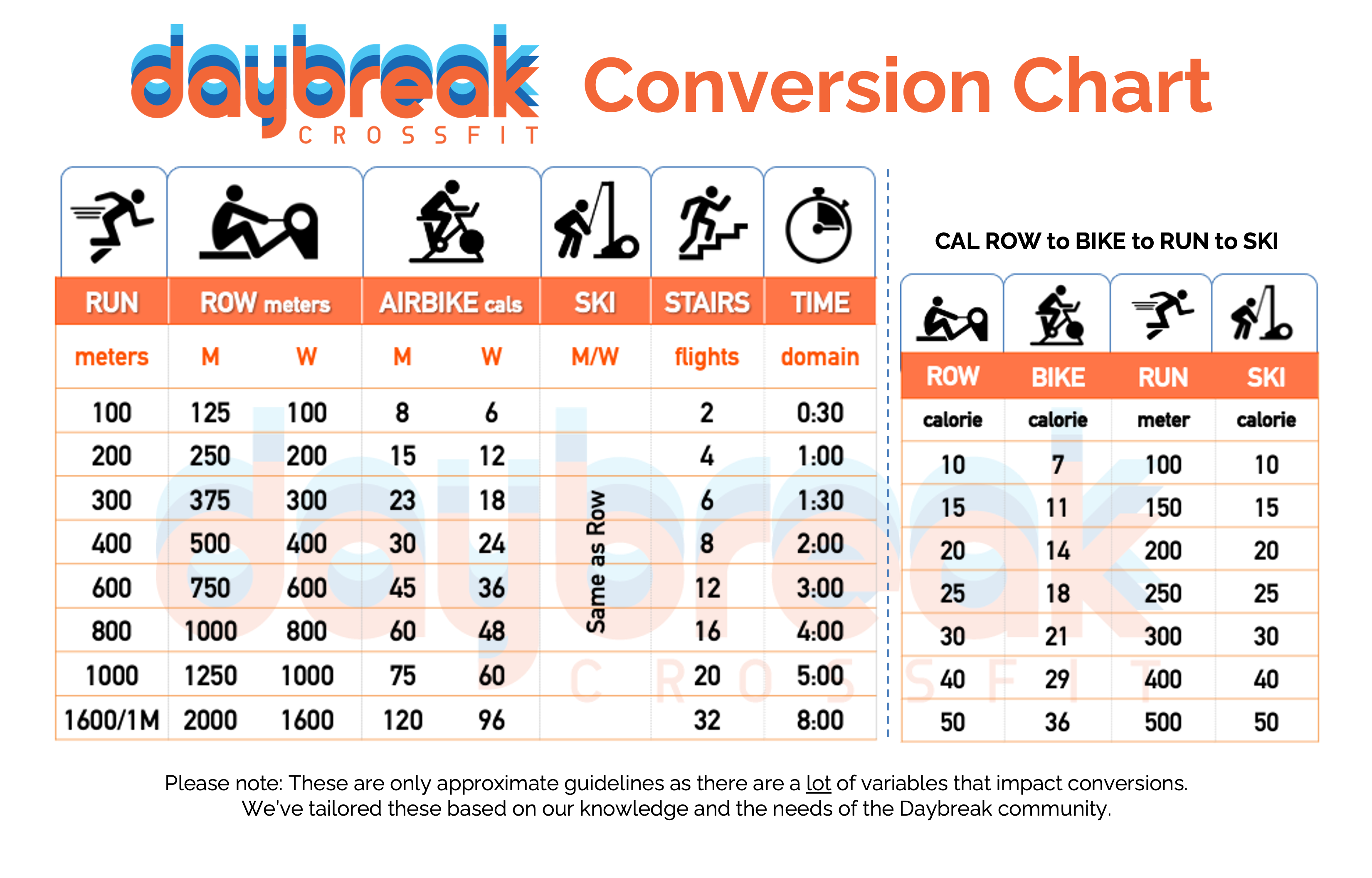How many miles of biking is equivalent to running? This question has intrigued fitness enthusiasts for years, as both activities offer unique benefits and challenges. In this article, we’ll delve into the fascinating world of biking and running, exploring the energy expenditure, distance equivalency, physiological adaptations, injury risk, and exercise considerations associated with each activity.
So, buckle up and get ready for an exhilarating ride as we uncover the secrets of how many miles of biking equal a mile of running.
When comparing biking and running, it’s essential to consider the energy expenditure of each activity. Studies have shown that running generally burns more calories per hour than biking, especially at higher intensities. However, the terrain, speed, and fitness level of the individual can significantly influence energy expenditure in both activities.
Energy Expenditure Comparison: How Many Miles Of Biking Is Equivalent To Running

Biking and running are both excellent cardiovascular exercises that offer numerous health benefits. However, they differ in their energy expenditure, which is the amount of calories burned per hour.
In general, running burns more calories than biking at the same intensity. This is because running engages more muscle groups and requires more effort to maintain a steady pace.
Calories Burned Per Hour
The following table compares the approximate calories burned per hour for various intensities of biking and running:
| Intensity | Biking (Calories/Hour) | Running (Calories/Hour) |
|---|---|---|
| Light (5-6 mph) | 210-240 | 300-350 |
| Moderate (10-12 mph) | 300-350 | 450-500 |
| Vigorous (15-17 mph) | 450-500 | 600-650 |
Factors Influencing Energy Expenditure
Several factors can influence the energy expenditure of biking and running, including:
- Speed:The faster you go, the more calories you burn.
- Terrain:Running or biking on hills or uneven surfaces requires more effort and burns more calories.
- Fitness Level:Fitter individuals tend to burn more calories during exercise than those who are less fit.
Distance Equivalency
Determining the exact number of miles of biking equivalent to a mile of running can vary depending on several factors, including pace, terrain, and individual fitness levels. However, a general estimate is that one mile of running is roughly equivalent to two to three miles of biking.
Pace
The pace at which you run or bike significantly impacts the distance equivalency. For example, if you run a mile in 8 minutes, you would need to bike approximately 16-24 minutes to cover the same distance. This is because biking is a less efficient form of exercise than running, meaning it requires more energy to cover the same distance.
Terrain
The terrain you are running or biking on also affects the distance equivalency. Running or biking on flat terrain is easier than running or biking on hilly terrain. Therefore, you would need to bike a shorter distance on flat terrain to achieve the same workout as running a mile on hilly terrain.
Individual Fitness
Individual fitness levels also play a role in the distance equivalency. If you are a fit runner, you will be able to bike a longer distance in the same amount of time than someone who is less fit. This is because fit individuals have a higher cardiovascular capacity and can sustain a higher intensity for a longer period.
Examples
Here are some examples to illustrate the distance equivalency between running and biking:
- If you run a mile in 10 minutes, you would need to bike approximately 20-30 minutes to cover the same distance.
- If you run a mile on a flat terrain in 8 minutes, you would need to bike approximately 16-24 minutes to cover the same distance.
- If you run a mile on a hilly terrain in 10 minutes, you would need to bike approximately 18-27 minutes to cover the same distance.
It is important to note that these are just estimates, and the actual distance equivalency may vary depending on the specific circumstances.
Physiological Adaptations

Biking and running induce distinct physiological adaptations that enhance cardiovascular health, muscle development, and overall fitness. These adaptations manifest in various ways, affecting specific physiological systems.
Cardiovascular Health
- Increased Stroke Volume:Biking and running increase the heart’s ability to pump more blood with each beat, enhancing blood flow and oxygen delivery to muscles.
- Reduced Resting Heart Rate:Regular exercise lowers resting heart rate, indicating improved cardiovascular efficiency and reduced strain on the heart.
- Improved Blood Pressure Regulation:Both activities help maintain healthy blood pressure levels by increasing blood vessel flexibility and reducing arterial stiffness.
Muscle Development
- Increased Muscle Mass:Running primarily targets lower body muscles, while biking engages both lower and upper body muscles, promoting overall muscle development.
- Enhanced Muscle Endurance:Endurance activities like biking and running increase muscle mitochondria, boosting energy production and improving stamina.
- Improved Muscle Recovery:Regular exercise enhances muscle repair and recovery processes, reducing soreness and facilitating faster recovery after workouts.
Overall Fitness
- Increased Aerobic Capacity:Both activities improve aerobic capacity, which is the body’s ability to utilize oxygen efficiently during exercise.
- Enhanced Body Composition:Biking and running contribute to weight management and body fat reduction, promoting a healthier body composition.
- Improved Mental Health:Exercise, including biking and running, has been shown to improve mood, reduce stress, and enhance cognitive function.
Injury Risk
Biking and running are both forms of exercise that provide numerous health benefits, but they also carry some risks of injury. The types of injuries associated with each activity differ due to the distinct movements and forces involved.
In terms of fitness, it’s important to know how long between SARMs cycles to ensure proper recovery. Meanwhile, for those eagerly anticipating a specific date, you can easily calculate how long until May 25 to plan your upcoming events accordingly.
Common Injuries in Biking
Cycling primarily involves repetitive motions of the lower extremities, leading to potential injuries in the knees, ankles, and feet. Common injuries include:
- Knee pain:Overuse or improper bike fit can cause knee pain, such as patellofemoral pain syndrome or iliotibial band syndrome.
- Ankle sprains:Falls or sudden twists while biking can result in ankle sprains, especially if the rider is not wearing appropriate footwear.
- Foot pain:Prolonged pressure on the feet from cycling shoes can lead to foot pain, such as plantar fasciitis or heel spurs.
Risk Factors and Prevention for Biking Injuries
Risk factors for biking injuries include:
- Improper bike fit:A bike that is not properly fitted to the rider’s body can put excessive stress on joints and muscles, increasing the risk of injuries.
- Overuse:Gradually increasing training intensity and duration is crucial to prevent overuse injuries.
- Terrain:Riding on rough or uneven terrain can increase the risk of falls and impact injuries.
Preventive measures for biking injuries include:
- Get a professional bike fit:Ensure the bike is adjusted to the rider’s specific measurements and riding style.
- Start slowly and progress gradually:Avoid sudden increases in training intensity or duration to prevent overuse injuries.
- Wear appropriate gear:Use a helmet to protect the head and wear proper cycling shoes to support the feet.
- Choose appropriate terrain:Avoid riding on rough or uneven surfaces that increase the risk of falls.
Common Injuries in Running, How many miles of biking is equivalent to running
Running involves high-impact forces and repetitive movements, making runners susceptible to various injuries, including:
- Shin splints:Pain along the inner shinbone caused by overuse or improper footwear.
- Runner’s knee:Pain around the kneecap due to overuse or muscle imbalances.
- Plantar fasciitis:Inflammation of the plantar fascia, a thick band of tissue that runs along the bottom of the foot.
- Achilles tendinitis:Inflammation of the Achilles tendon, which connects the calf muscles to the heel bone.
Risk Factors and Prevention for Running Injuries
Risk factors for running injuries include:
- Overuse:Increasing training intensity or duration too quickly can lead to overuse injuries.
- Improper footwear:Wearing shoes that do not provide adequate support or cushioning can increase the risk of injuries.
- Running on hard surfaces:Running on concrete or asphalt can put excessive stress on joints and muscles.
Preventive measures for running injuries include:
- Start slowly and progress gradually:Avoid sudden increases in training intensity or duration to prevent overuse injuries.
- Choose proper footwear:Wear running shoes that provide good support, cushioning, and fit well.
- Run on softer surfaces:Opt for running on softer surfaces like grass or tracks to reduce impact forces.
- Strengthen supporting muscles:Engage in exercises that strengthen the muscles around the joints to improve stability and reduce the risk of injuries.
Overall Injury Risk Comparison
The overall injury risk between biking and running depends on several factors, including terrain, intensity, and experience level. In general, running carries a higher risk of injuries due to the high-impact nature of the activity. However, the risk of injuries in both activities can be significantly reduced by following proper training guidelines, using appropriate gear, and addressing individual risk factors.
Wondering how long to wait between SARMs cycles ? It’s essential to give your body enough time to recover. Meanwhile, if you’re eager to know when May 25th is, check out how long until May 25th. It’s just around the corner!
For beginners, biking may be a more accessible and lower-impact option compared to running. However, as fitness levels improve and training intensity increases, the injury risk in both activities becomes more comparable. Ultimately, the choice between biking and running should be based on personal preferences, fitness goals, and individual risk factors.
Exercise Considerations
Integrating biking and running into an exercise regimen requires careful consideration of fitness goals, individual preferences, and abilities. Both activities offer distinct benefits and limitations, making it crucial to choose the most suitable one for each individual.
For those aiming to enhance cardiovascular fitness, both biking and running are excellent choices. However, individuals with joint pain or mobility issues may find biking more accessible and less impactful.
Biking Considerations
- Pros:Low-impact, suitable for individuals with joint pain or mobility issues, strengthens lower body muscles.
- Cons:Can be less effective for improving cardiovascular fitness compared to running.
Running Considerations
- Pros:Highly effective for cardiovascular fitness, burns more calories than biking.
- Cons:High-impact, may not be suitable for individuals with joint pain or mobility issues.
Ultimately, the choice between biking and running depends on individual preferences and abilities. Consider the following factors:
- Fitness Goals:Biking is suitable for general fitness and low-impact exercise, while running is more effective for cardiovascular fitness.
- Joint Health:Biking is less impactful on joints compared to running, making it a better choice for individuals with joint pain or mobility issues.
- Personal Preferences:Some individuals may enjoy the outdoor aspect of running, while others prefer the controlled environment of biking indoors.
Last Word

In conclusion, the equivalency between biking and running depends on various factors, including pace, terrain, and individual fitness. While running generally burns more calories per hour, biking can provide a lower-impact workout with comparable cardiovascular benefits. Understanding the differences and similarities between these activities allows you to tailor your exercise routine to meet your specific fitness goals.
Whether you prefer the exhilaration of running or the scenic tranquility of biking, incorporating either activity into your routine can lead to improved health and well-being.
General Inquiries
How do I determine the distance equivalency between biking and running?
Consider your pace, terrain, and fitness level. Generally, one mile of running is roughly equivalent to 2-3 miles of biking.
Which activity is better for cardiovascular health?
Both biking and running provide excellent cardiovascular benefits. Running tends to burn more calories and improve aerobic capacity, while biking offers a lower-impact option.
How can I minimize the risk of injuries while biking or running?
Wear appropriate gear, warm up properly, listen to your body, and gradually increase intensity and distance. Cross-training with other activities can also reduce the risk of overuse injuries.
